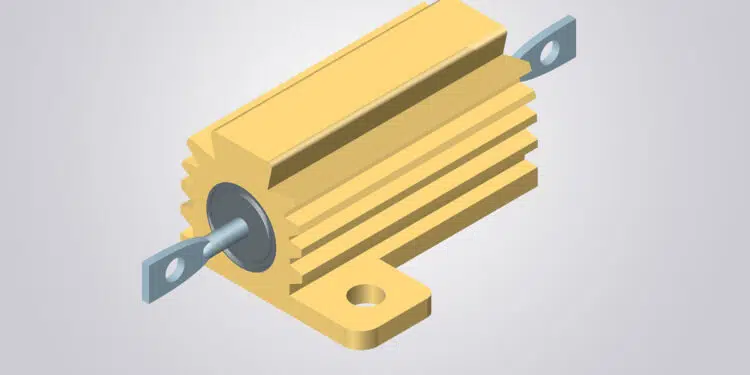Vishay Intertechnology is releasing new series of wirewound resistors for electric vehicles (EV) automotive applications.
The new RHA Vishay Dale series of AEC-Q200 qualified, chassis-mount wirewound resistors offer high reliability, accuracy, and stability for pre-charge and discharge applications in electric vehicles.
Vishay Dale RHA series resistors mount directly onto a chassis to utilize the heat-sink effect. Offering high reliability, the devices feature a completely welded and molded construction for total environmental protection, and an operating temperature range of -55 °C to +250 °C. The resistors will serve as pre-charge and discharge resistors in EVs, in addition to voltage dividers in taillights and current limiters in dimming circuits for interior lighting.
The devices released today offer high power ratings up to 50 W in four small package sizes. The resistors’ tight tolerance down to ± 1 %, TCR as low as 20 ppm/°C, and wide resistance range from 0.1 kΩ to 39.2 kΩ enable higher accuracy and stability. The RHA series is RoHS-compliant, halogen-free, and Vishay Green.
FEATURES
- AEC-Q200 qualified
- Molded construction for total environmental protection
- Complete welded construction
- Mounts on chassis to utilize heat-sink effect
- Excellent stability in operation (< 1 % change in resistance)

































